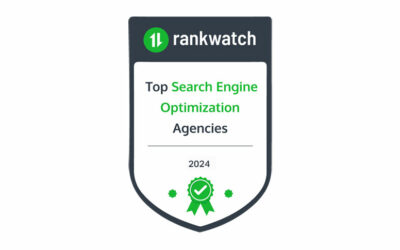You’ve heard it before: SEO is the lifeblood of any successful website. But let’s dive deeper into one of its vital components – the H1 tag. This may seem like a small detail, but when used correctly, it can significantly elevate your website’s visibility.
Understanding SEO
SEO, or Search Engine Optimization, is no longer a luxury; it’s a necessity for businesses wanting to outshine competitors in the digital world. It’s the art and science of making your website attractive to search engines, ensuring it ranks high on search result pages.
The Complexity of SEO
SEO, while being a blanket term, can be broken down into three parts: on-page SEO, off-page SEO, and technical SEO. Each of these parts contributes uniquely to enhancing the search engine ranking of your website. On-page SEO consists of elements within your website that you can control, like content and keyword incorporation. Off-page SEO refers to the actions taken outside your website that impact your ranking, such as backlinks. The third part, technical SEO, where H1 tags come into play, involves the backend structure of your website, addressing elements that help search engines crawl and index your site more effectively.
What is an H1 Tag?
An H1 tag is the HTML code that denotes a webpage’s primary title. Think of it as the headline of a newspaper article. It tells both users and search engines what the page is about, setting the stage for the content that follows.
The Role of H1 Tags in SEO
H1 tags are like signposts on the highway of SEO. They guide search engine crawlers to understand the main topic of a webpage. A well-optimized H1 tag can directly influence your site’s SEO performance. It’s not just an element of your website structure; it’s a beacon for attracting organic traffic.
SEO Best Practices for H1 Tags
To harness the power of H1 tags, you need to follow some proven practices. First, always include your target keywords in your H1 tags. This sends a clear signal to search engines about your page’s focus. Keep your H1 tags concise yet descriptive, ideally under 60 characters. A compelling H1 tag captures attention and sparks interest, but remember, only use one H1 tag per page to avoid diluting its impact and confusing search engine crawlers.
Common Mistakes to Avoid
Despite their importance, H1 tags are often misused. Overstuffing keywords, writing vague headlines, or using multiple H1 tags on a single page are common pitfalls. Remember, your H1 tag isn’t just for search engines; it’s for your readers too. Make it engaging and relevant.
How to Check Your H1 Tags
Monitoring your H1 tags is crucial. Tools like Google’s Search Console are invaluable for this purpose. They can help you identify missing H1 tags or those that need improvement.
Final Thoughts
H1 tags might seem small, but they carry significant weight in SEO. By understanding their role and implementing these best practices, you can optimize your website’s performance, drive more traffic, and outshine your competition.
Ready to elevate your SEO game? Start by optimizing your H1 tags today. Share your experiences with us, or reach out to us for expert advice tailored to your business. Remember, every detail counts when it comes to SEO.

![[DIY] 5 Small Business SEO Tips to Boost Your Website in 2024](https://cravomarketing.com/wp-content/uploads/2024/02/Small-Business-Owner-Holding-Open-Sign-400x250.jpg)

